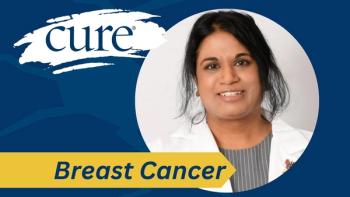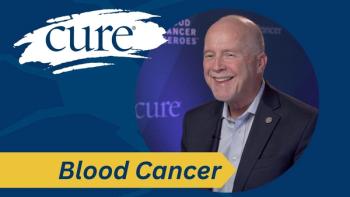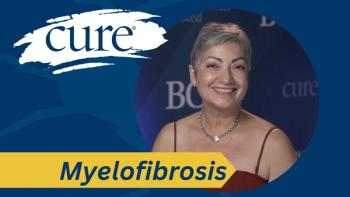
Cancer’s Hefty Price Tag
“The financial burden is another gift that cancer keeps on giving,” writes the mother and caregiver of a young woman with breast cancer.
When my 27-year-old daughter was hearing about her breast cancer treatment plan for the first time, there were a lot of bombshells dropped into the conversation. One of them was that her medical oncologist recommended she take the year off that it would take to complete the multiple rounds of chemotherapy, radiation and surgeries she would have to undergo to dispel the invader. Considering everything else that was said, it sort of slipped off to the side, although for a brief second my mind immediately went to thinking of how I could adjust my financial obligations, pull money out of retirement funds or call on my extended family to contribute so we could support her during that time to allow her to concentrate on treatment. I couldn’t and wouldn’t let money be the reason that she didn’t have all she needed to manage the side effects and survive.
Since I have been part of the Club No One Wants to Join, I have seen too many stories that demonstrate how very lucky we were to be in the position to not have to choose between my daughter’s treatment and rent, or treatment and food, or treatment and misery.
A patient with cancer related how she was only approved for 15 days at a time of a drug she has to take daily to keep her metastatic breast cancer at bay and that she has to see her physician to get the next 15 days no matter how she feels (as if her metastatic cancer will disappear) or pay out of pocket, which is half of her monthly income. Another needed in-patient treatment because he couldn’t afford the medication he needed to support his white blood cell count between chemotherapy infusions and ended up with a crushing hospital bill instead. But most horrifying to me was when one oncologist told of a patient who was approved for the chemotherapy drugs to treat the cancer but not for the anti-nausea medication to help with the side effects.
I cringe even typing that last sentence. Imagine having to have that discussion with her patient, hoping upon hope that the money could be found to cover the cost.
Younger patients like my daughter are usually still on the upward climb to financial stability if they have been lucky enough to secure a job that has a reasonable salary and benefits, and even if they have one, so many carry such a monumental burden in student debt that needs managing on top of day-to-day living expenses that being taken out by a cancer diagnosis can become a hit they can’t ever recover from. They do not have the wealth or assets that they can fall back on to permit them to focus on their physical health needs, and the psychological damage of having cancer is multiplied exponentially by the worry brought upon them wondering whether they will be able to pay rent this month or keep their utilities or eat.
Or pay for life-altering medication.
This situation doesn’t end with active treatment. The financial burden is another gift that cancer keeps on giving. My daughter underwent fertility preservation because the chemotherapy she required may have made it impossible for her to conceive and carry a child. If that turns out to be the case, she will have the option of in vitro to make her dreams of biological motherhood a reality. Ka-ching. Because she was so young at diagnosis, she also has a greater potential of long-term side effects like heart and liver issues that may need treatment. Ka-ching ka-ching. Due to lymphedema caused by cancer surgery to her lymph nodes she will have to buy and wear compression sleeves for the rest of her life. Ka-Ching, ka-ching, ka-ching. And the list goes on.
Financial toxicity is real, and it’s time to intervene. A cancer diagnosis is enough to bear. And you can take that to the bank.
For more news on cancer updates, research and education, don’t forget to




